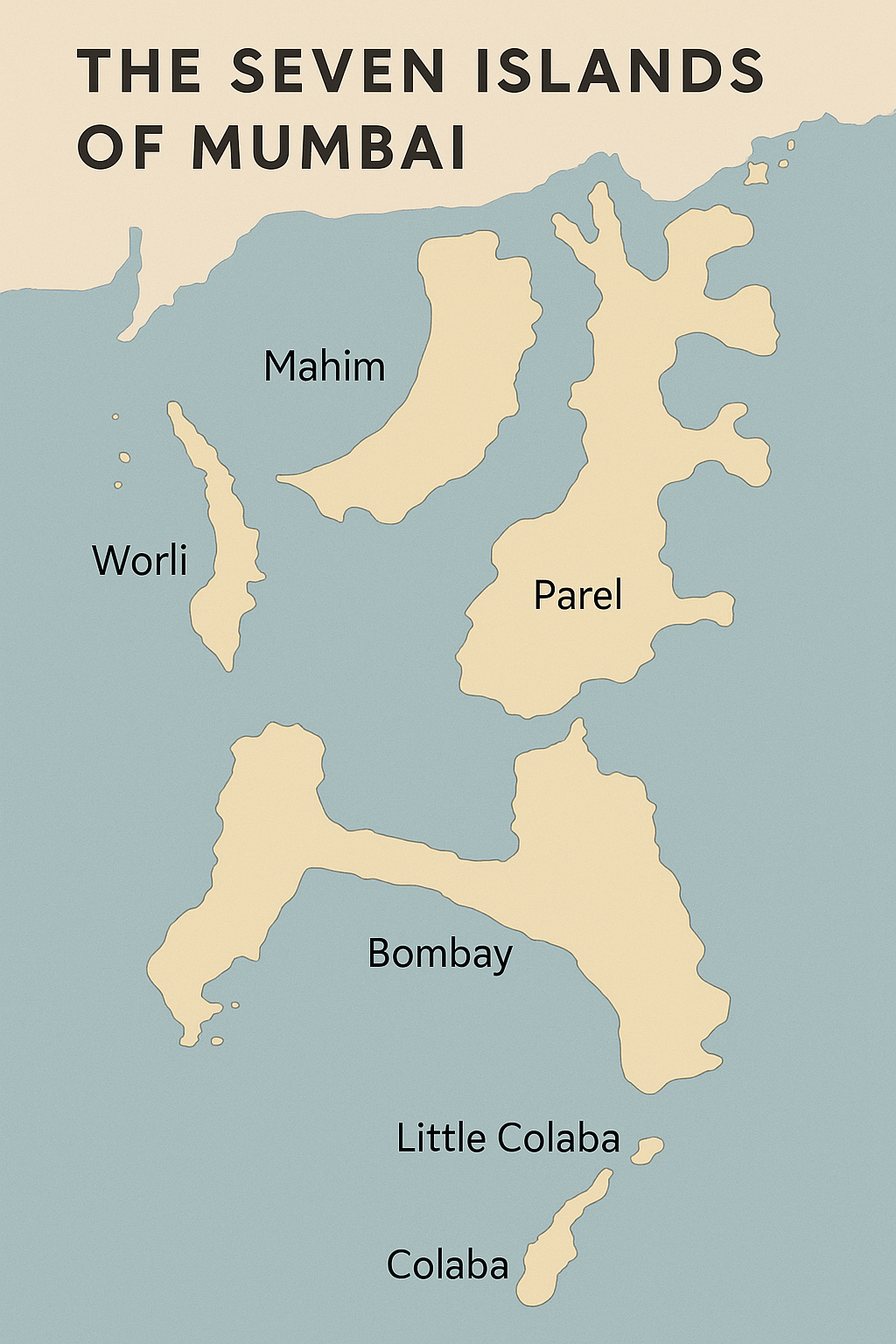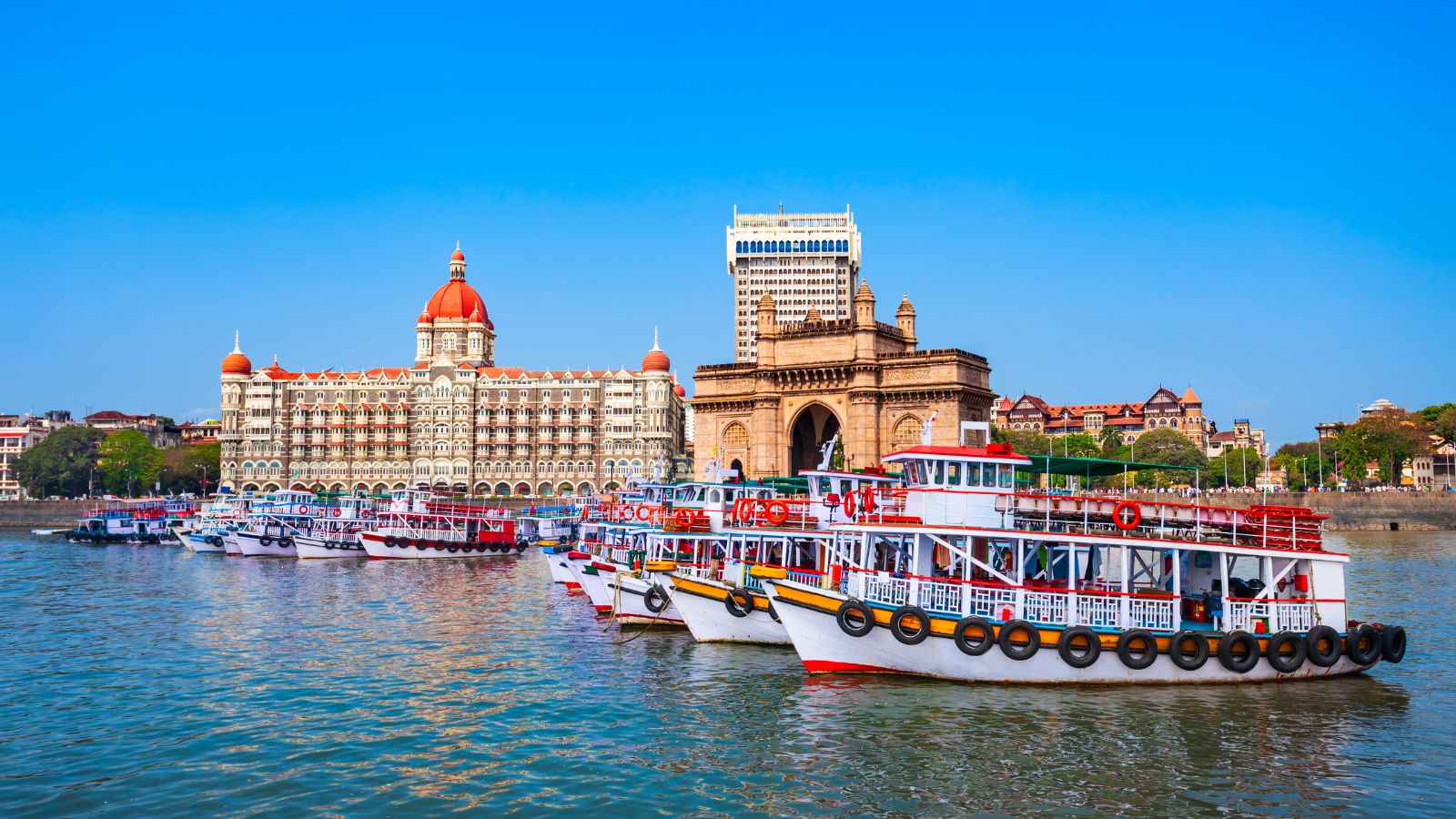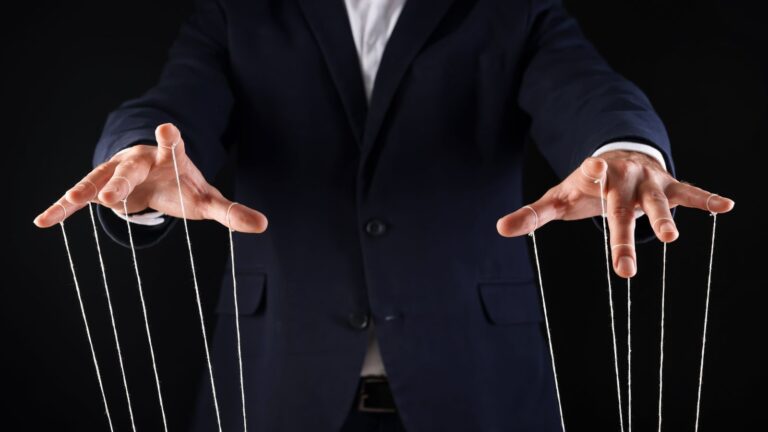Mumbai, India’s bustling financial hub, carries a history as layered as its skyline. Its name traces back to the Koli fishermen, the earliest known inhabitants of the region, who worshipped the local goddess Mumba Devi. The settlement that grew around her temple came to be known as “Mumbai,” combining “Mumba” with “Aai,” meaning “mother” in Marathi. The Mumba Devi Temple, central to the city’s identity, was originally built by the Koli community and later relocated to Bhuleshwar in the 18th century after the original shrine was destroyed.
The city’s colonial name, Bombay, came later with the Portuguese in the 16th century. They called it Bombaim, derived from the Portuguese phrase bom baía, meaning “good bay,” in recognition of its natural deep harbor. This strategic location later attracted the British, who acquired the islands as part of a royal dowry in 1661 when Princess Catherine of Braganza of Portugal married King Charles II of England. This transfer marked a turning point in the city’s colonial history, laying the foundation for its growth as a major port and metropolis under the British rule.

What we know today as a single metropolis was once a collection of seven separate islands: Bombay, Colaba, Old Woman’s Island (Little Colaba), Mazagaon, Parel, Mahim, and Worli. Over the years, extensive land reclamation projects merged these islands into one landmass, paving the way for the modern city. Archaeological evidence shows that these islands have been inhabited since the Stone Age, with ancient settlements and trade dating back as far as 1000 BCE.
In 1995, the city’s official name reverted to Mumbai, honoring its Marathi heritage and moving away from its colonial past. From a small fishing settlement to a global city, Mumbai’s journey reflects eras of cultural and historical transformation.



